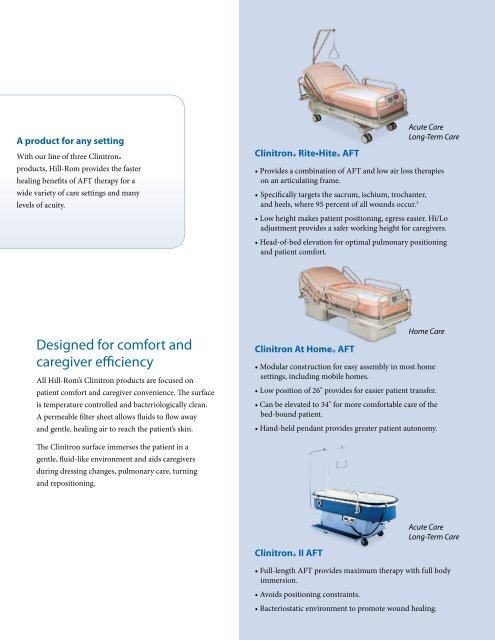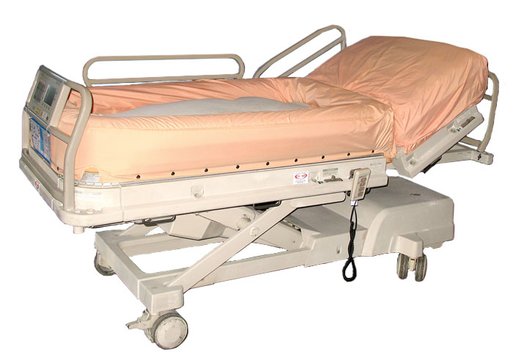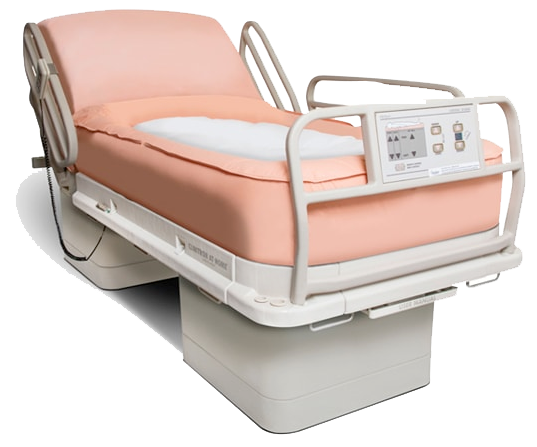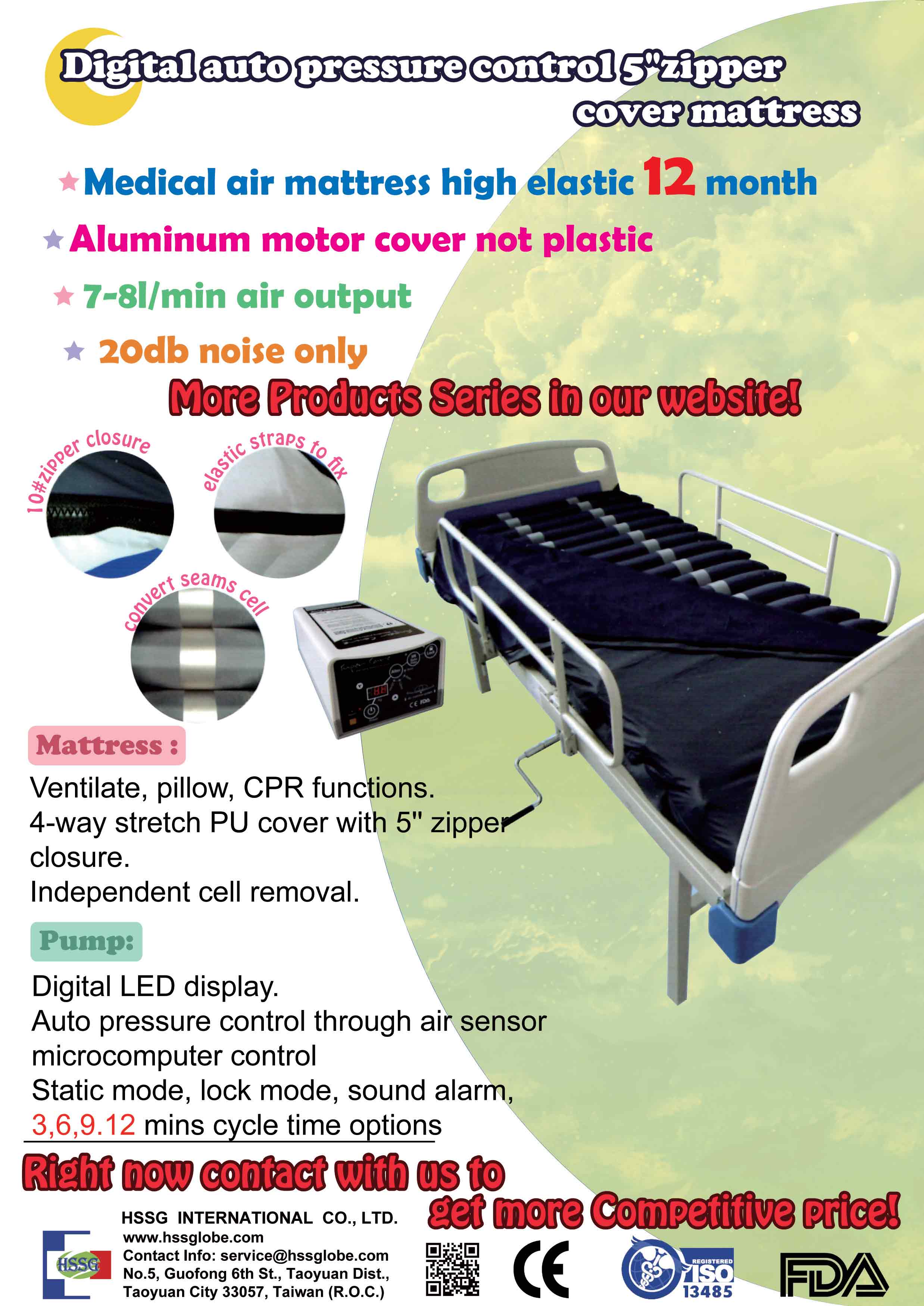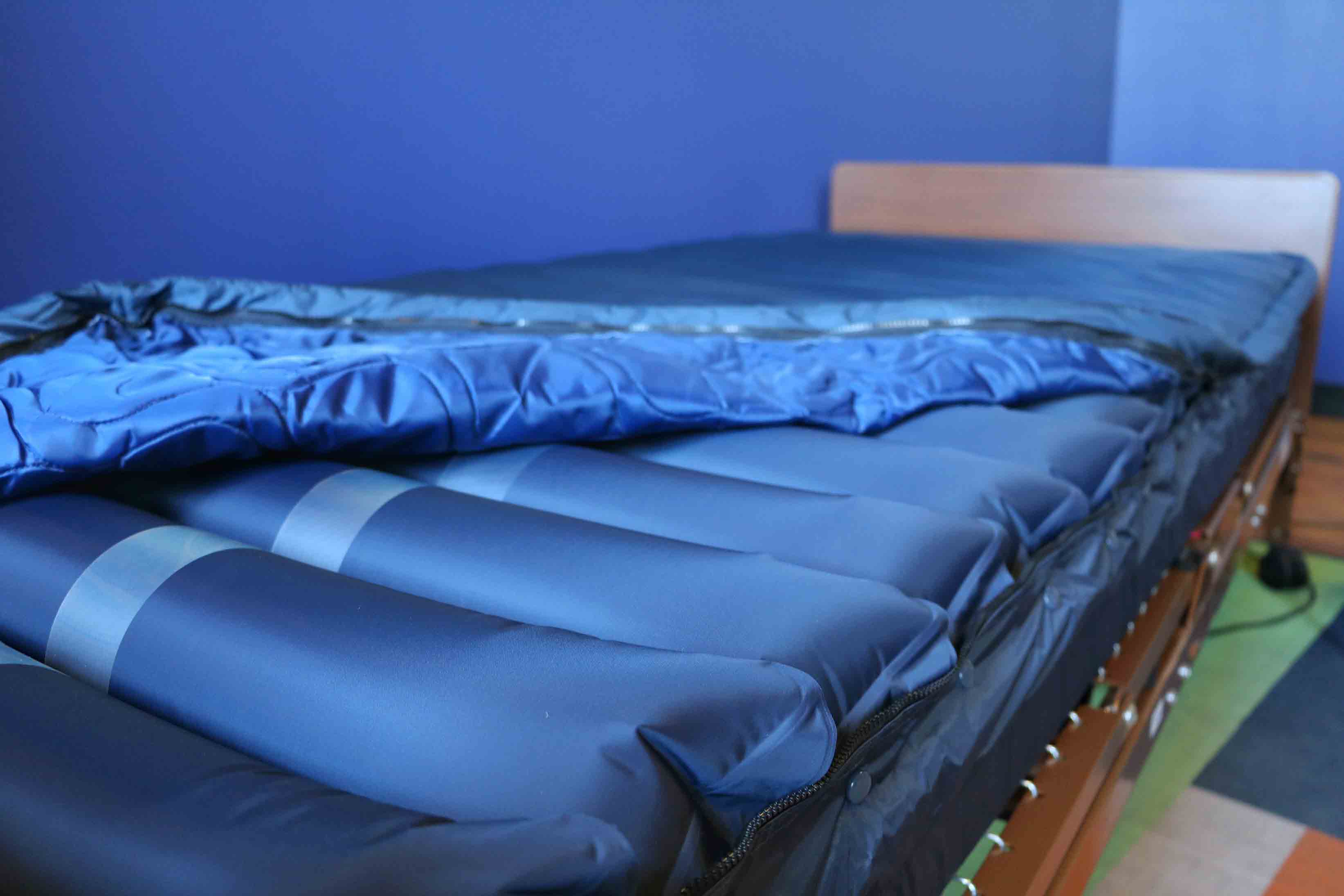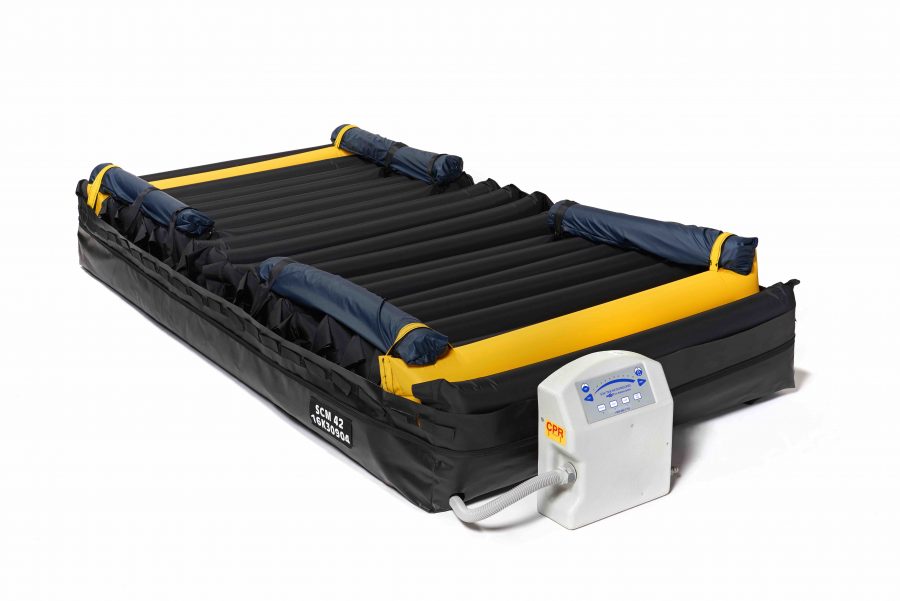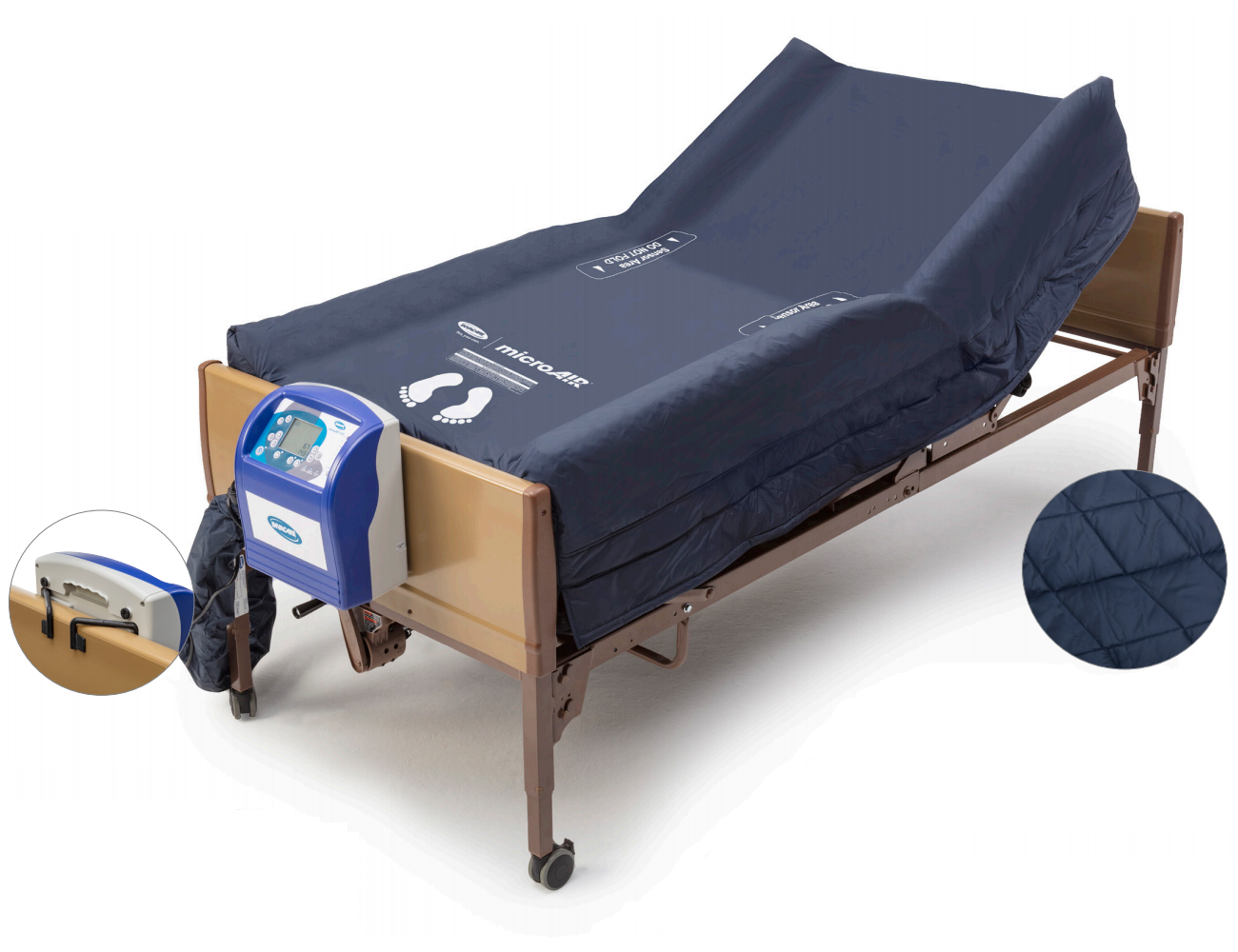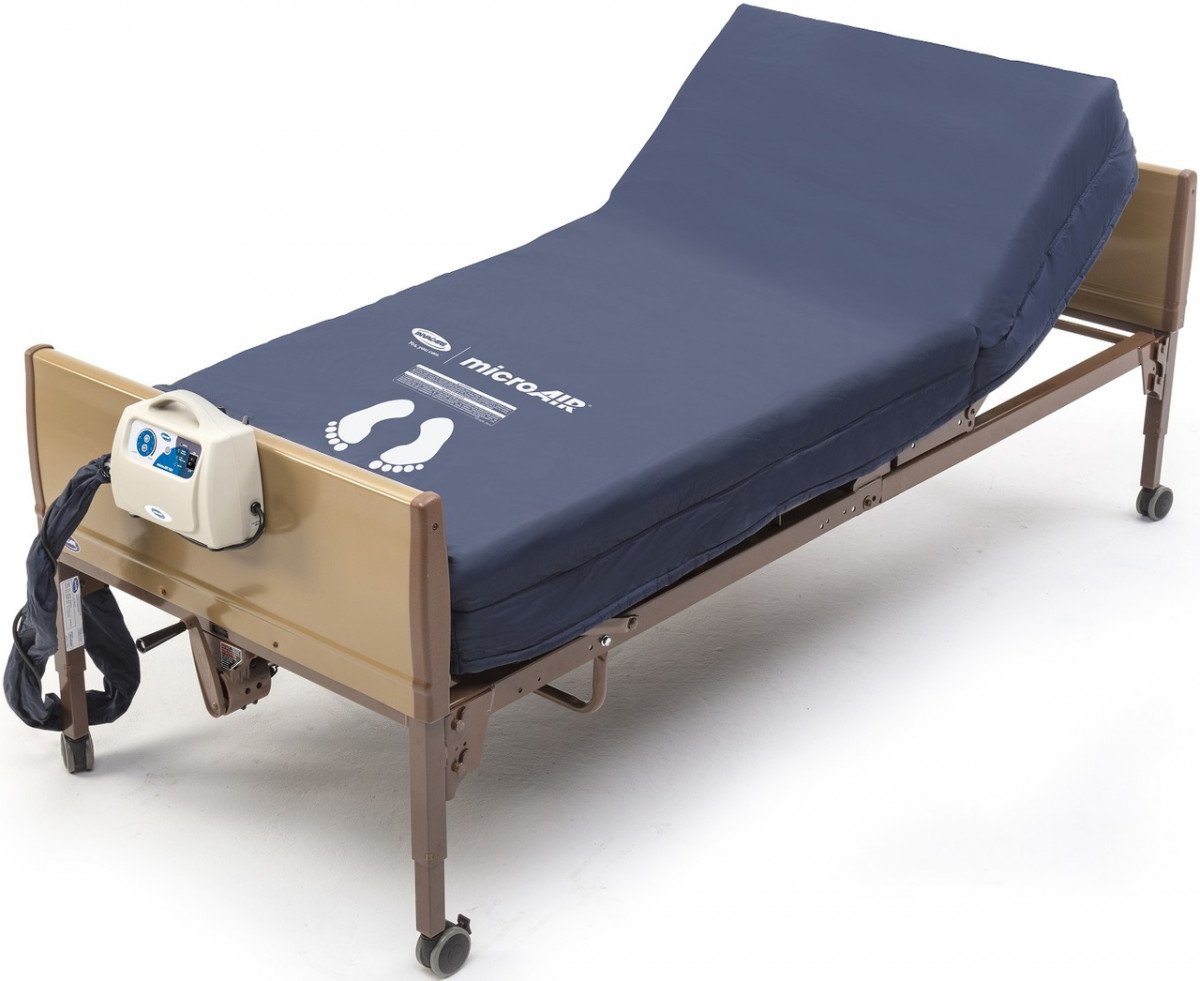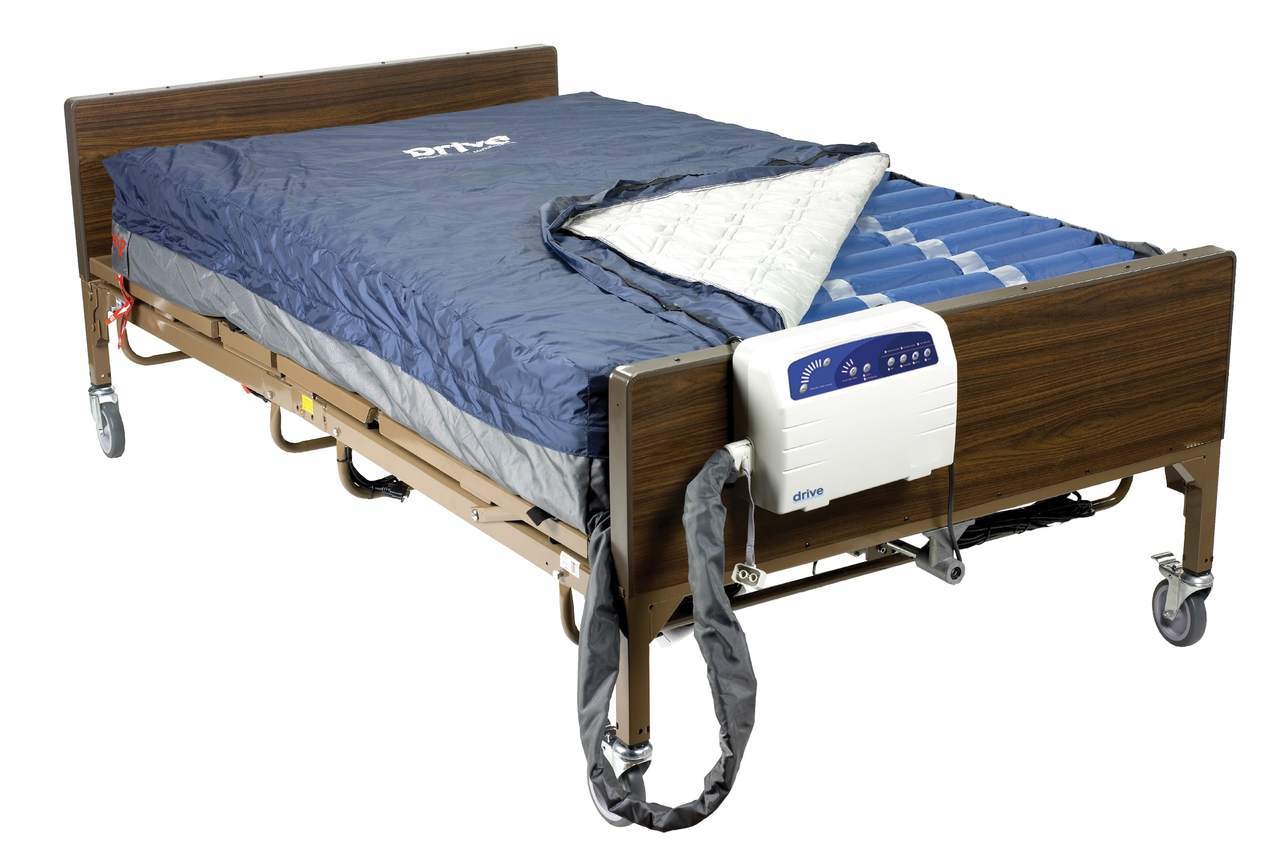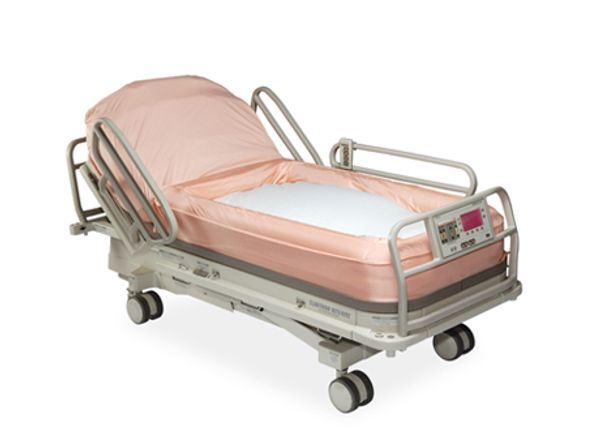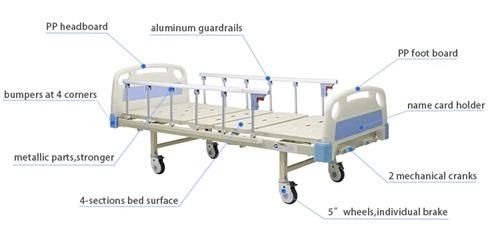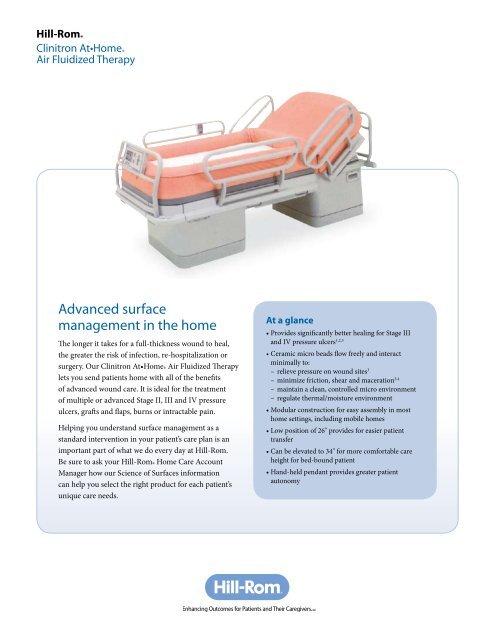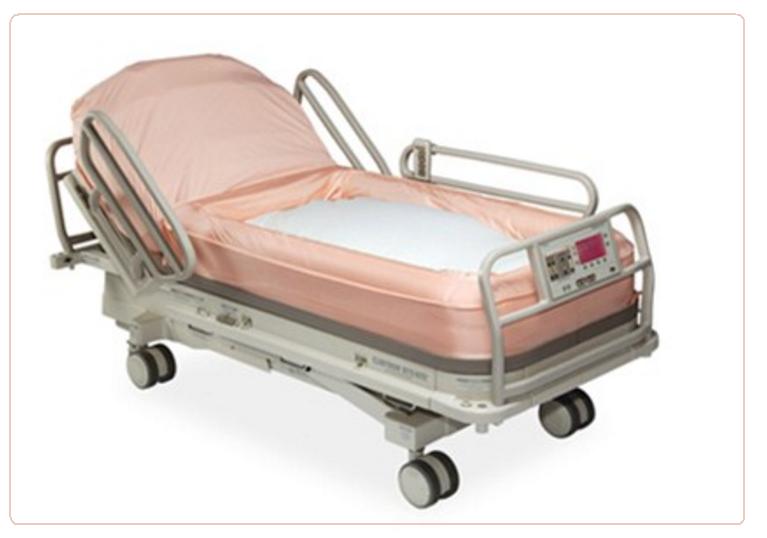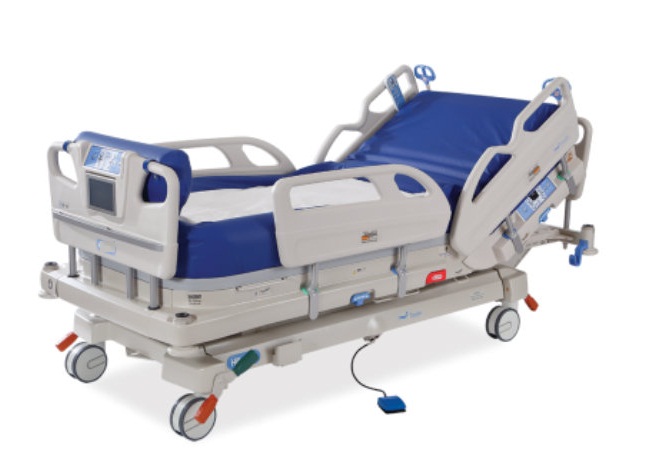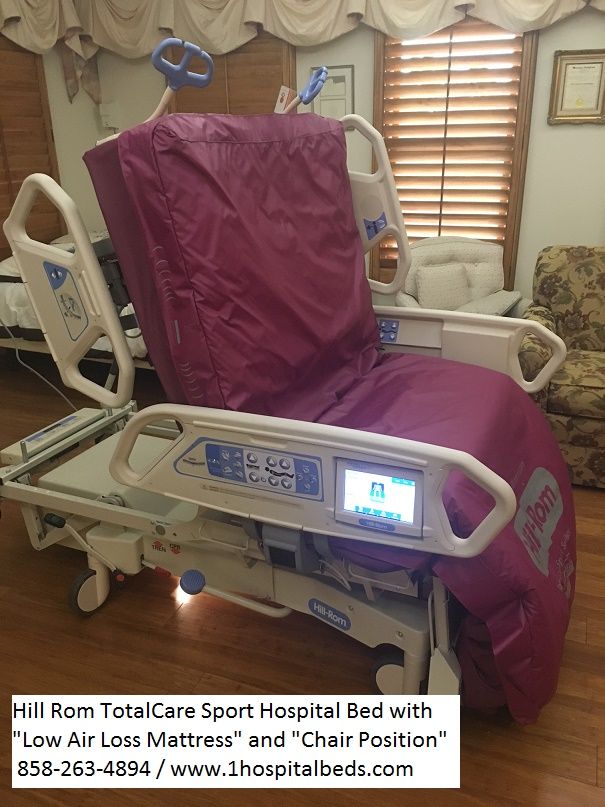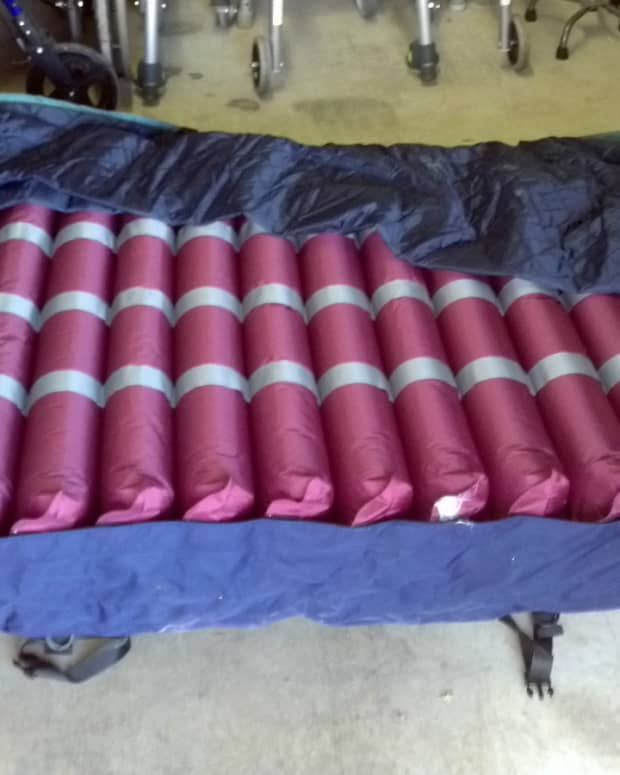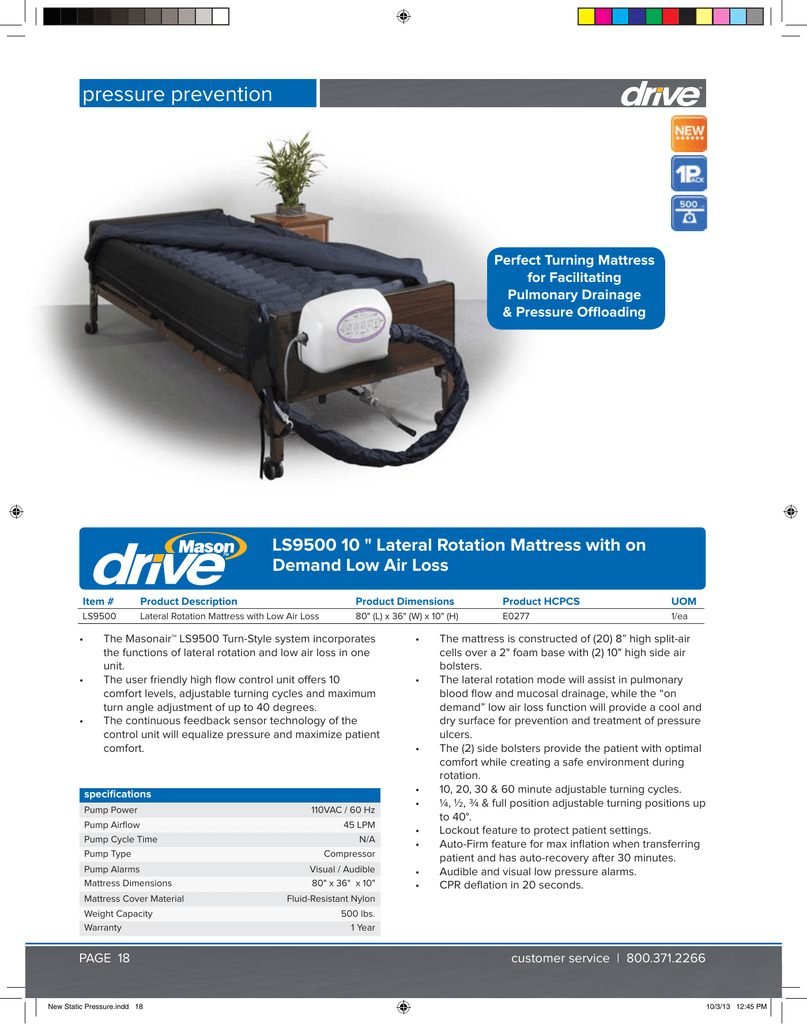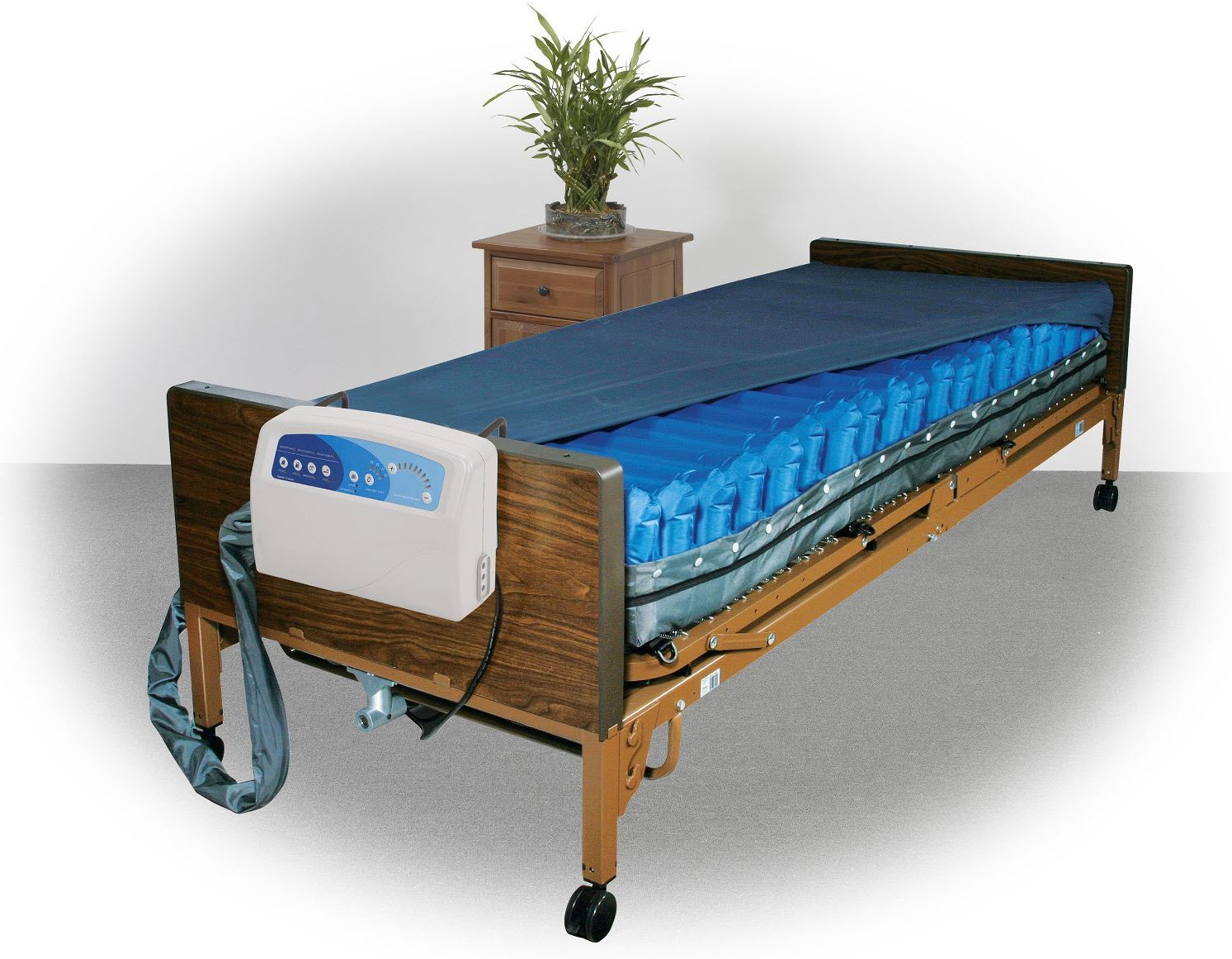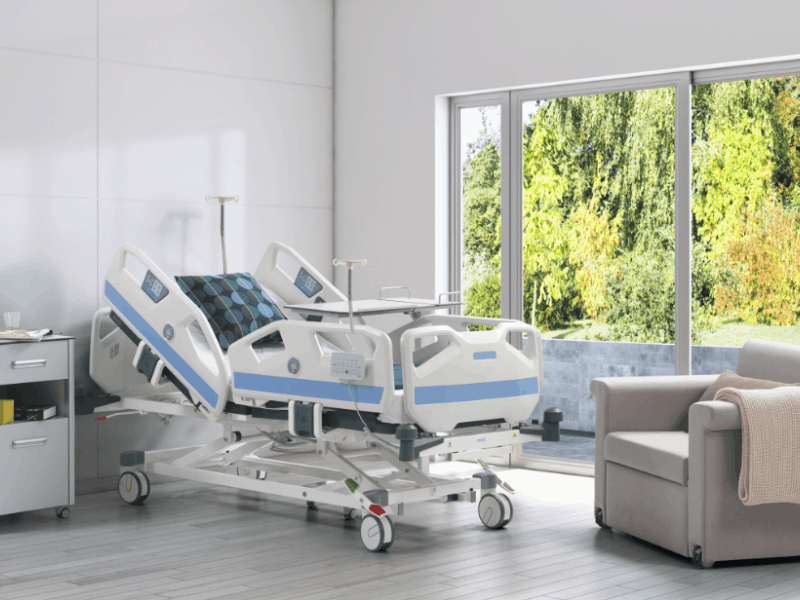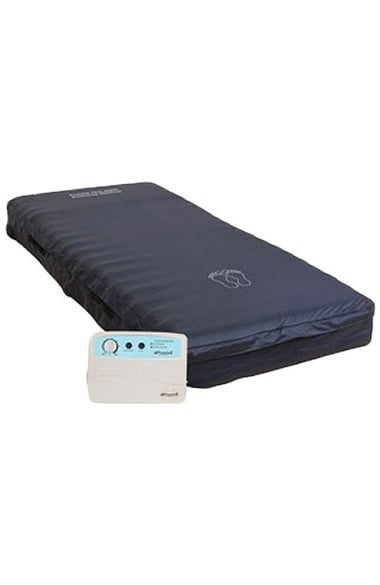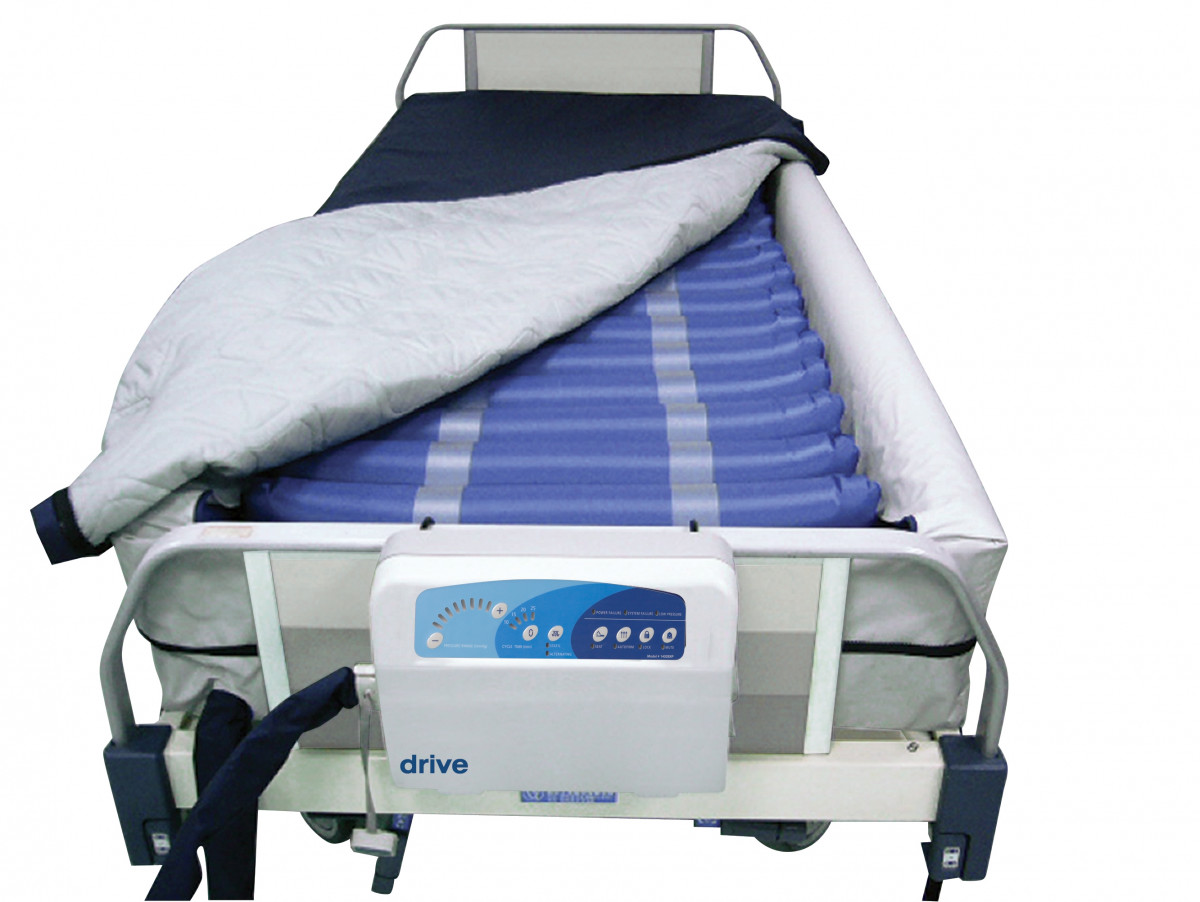The Clinitron Bed is a specialized medical bed designed to provide pressure relief and wound care for patients with limited mobility. It is equipped with a unique air-fluidization technology that creates a cushion of air to support the body and reduce pressure on bony areas, preventing the development of pressure ulcers.Clinitron Bed
A low-air loss mattress is another type of medical bed that utilizes air cells to provide pressure relief and promote wound healing. Unlike the Clinitron Bed, it features a series of small air cells that constantly inflate and deflate, creating a gentle massaging effect to increase blood flow and reduce the risk of pressure sores.Low-Air Loss Mattress
Both the Clinitron Bed and the low-air loss mattress are designed to address pressure relief and wound care. However, they differ in terms of technology, features, and benefits. Let's take a closer look at the two and see which one may be more suitable for your needs.Clinitron Bed vs Low-Air Loss Mattress
The Clinitron Bed is known for its advanced air-fluidization technology, which provides superior pressure relief and wound care. It is highly recommended for patients who are at high risk of developing pressure ulcers, as it can significantly reduce the pressure on bony areas and promote faster healing of existing wounds. Furthermore, the Clinitron Bed is designed to distribute weight evenly and eliminate pressure points, making it a comfortable and supportive option for patients with limited mobility. It also features a moisture management system to keep the skin dry and prevent excessive sweating, which can lead to skin breakdown.Benefits of a Clinitron Bed
Similar to the Clinitron Bed, a low-air loss mattress also provides pressure relief and promotes wound healing. However, it offers additional benefits such as the massaging effect of the constant inflation and deflation of air cells. This can improve blood flow, reduce pain and discomfort, and prevent the formation of pressure sores. Additionally, a low-air loss mattress is highly customizable, with adjustable settings for the amount of air in the cells and the firmness of the mattress. This makes it suitable for patients with varying needs and preferences.Benefits of a Low-Air Loss Mattress
When it comes to pressure relief and wound care, both the Clinitron Bed and low-air loss mattress are effective options. However, the Clinitron Bed may be more suitable for patients who are at a higher risk of developing pressure ulcers, as it offers a more advanced technology for pressure management. On the other hand, the low-air loss mattress may be a better choice for patients who prefer a customizable and adjustable option. It also offers the added benefit of a massaging effect, which can improve blood flow and reduce discomfort.Comparison of Clinitron Bed and Low-Air Loss Mattress
The Clinitron Bed is equipped with a patented air-fluidization technology that utilizes a layer of tiny ceramic beads to distribute air evenly and reduce pressure on the body. It also has a moisture management system to keep the skin dry and comfortable, as well as a low air loss feature to prevent heat and moisture buildup. Additionally, the Clinitron Bed has a weight limit of up to 500 pounds and can be adjusted to different angles for optimal positioning and comfort. It is also easy to clean and maintain, making it a practical and convenient option for both patients and caregivers.Features of a Clinitron Bed
A low-air loss mattress typically features a series of small air cells that constantly inflate and deflate to provide pressure relief and promote wound healing. It also has adjustable settings for the amount of air in the cells and the firmness of the mattress, as well as a moisture-wicking cover to keep the skin dry. Moreover, a low-air loss mattress can support weights of up to 1000 pounds and offers customizable options for pressure management and positioning. It is also lightweight and easy to transport, making it suitable for both home and hospital use.Features of a Low-Air Loss Mattress
Aside from the technology and features mentioned above, there are a few other key differences between the Clinitron Bed and low-air loss mattress. The Clinitron Bed has a higher weight limit and can support patients with a higher risk of pressure ulcers, while the low-air loss mattress can support a higher weight capacity and offers more customization options. Furthermore, the Clinitron Bed is typically more expensive than a low-air loss mattress, but it may be covered by insurance for patients with medical conditions that require its use.Differences between Clinitron Bed and Low-Air Loss Mattress
The answer to this question ultimately depends on your specific needs and preferences. If you are at a high risk of developing pressure ulcers and require advanced pressure relief and wound care, the Clinitron Bed may be the better choice for you. On the other hand, if you prefer a customizable and adjustable option and do not have a high risk of pressure ulcers, a low-air loss mattress may be a more suitable and cost-effective option. It is important to consult with your healthcare provider to determine which option is best for you. In conclusion, both the Clinitron Bed and low-air loss mattress offer unique features and benefits for pressure relief and wound care. With this comparison guide, you can make an informed decision on which option may be best for your needs and improve your overall comfort and well-being.Which is better: Clinitron Bed or Low-Air Loss Mattress?
The Advantages of Using a Clinitron Bed Over a Low-Air Loss Mattress

The Importance of Choosing the Right Mattress for Your Health
 When it comes to designing a comfortable and functional home, the type of mattress you choose can greatly impact your daily life. This is especially true for individuals who are bedridden or have limited mobility due to medical conditions. In such cases, it is crucial to invest in a mattress that not only provides comfort but also promotes healing and prevents further health complications. This is where the debate between a
clinitron bed and a low-air loss mattress
comes into play.
When it comes to designing a comfortable and functional home, the type of mattress you choose can greatly impact your daily life. This is especially true for individuals who are bedridden or have limited mobility due to medical conditions. In such cases, it is crucial to invest in a mattress that not only provides comfort but also promotes healing and prevents further health complications. This is where the debate between a
clinitron bed and a low-air loss mattress
comes into play.
The Difference Between a Clinitron Bed and a Low-Air Loss Mattress
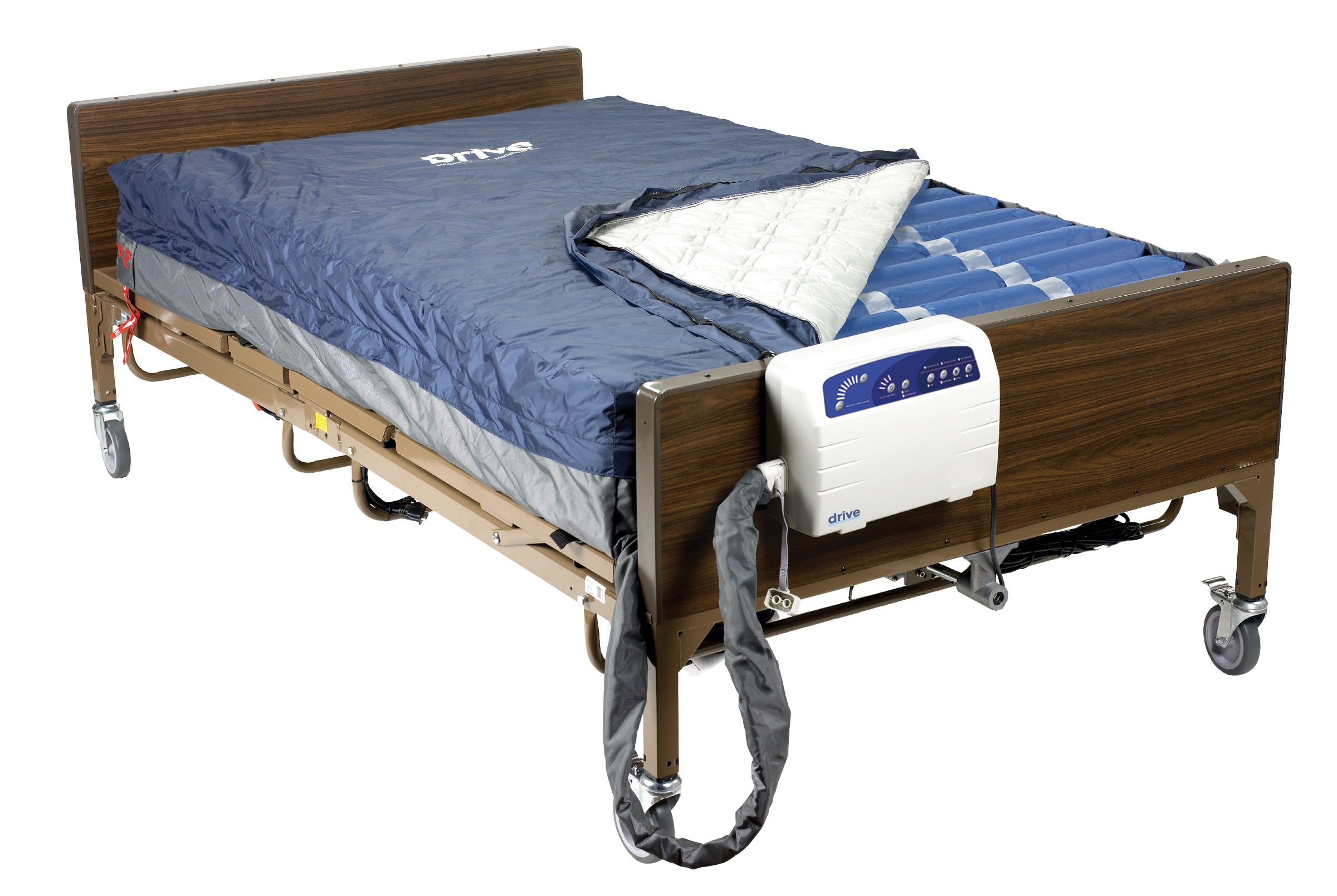 Before we delve into the advantages of a clinitron bed, it is important to understand the key differences between the two types of mattresses. A
clinitron bed
is a specialized medical bed that uses air-filled beads to distribute weight evenly and reduce pressure on the patient's body. On the other hand, a
low-air loss mattress
utilizes a system of air chambers to constantly adjust and maintain the patient's pressure points.
Before we delve into the advantages of a clinitron bed, it is important to understand the key differences between the two types of mattresses. A
clinitron bed
is a specialized medical bed that uses air-filled beads to distribute weight evenly and reduce pressure on the patient's body. On the other hand, a
low-air loss mattress
utilizes a system of air chambers to constantly adjust and maintain the patient's pressure points.
The Unique Benefits of a Clinitron Bed
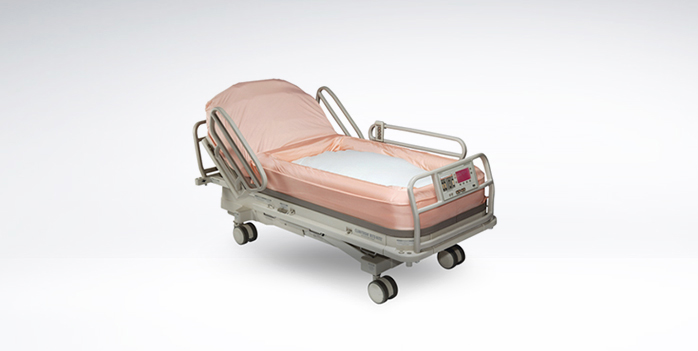 One of the main advantages of a clinitron bed is its ability to provide
constant pressure relief
for patients who are bedridden or have limited mobility. This is due to the specialized air-filled beads that move and conform to the patient's body, reducing the risk of pressure ulcers and promoting healing. In addition, the
heat and moisture management system
in a clinitron bed helps to prevent skin breakdown and infections, keeping the patient comfortable and healthy.
One of the main advantages of a clinitron bed is its ability to provide
constant pressure relief
for patients who are bedridden or have limited mobility. This is due to the specialized air-filled beads that move and conform to the patient's body, reducing the risk of pressure ulcers and promoting healing. In addition, the
heat and moisture management system
in a clinitron bed helps to prevent skin breakdown and infections, keeping the patient comfortable and healthy.
Why a Low-Air Loss Mattress May Not Be the Best Choice
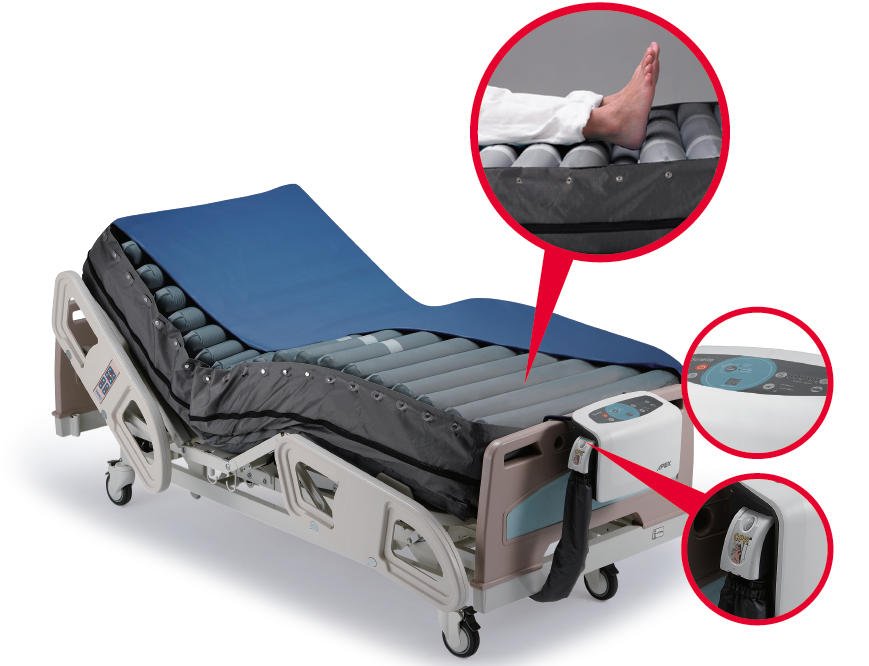 While a low-air loss mattress may seem like a more affordable and versatile option, it may not be suitable for all patients. The constant
air fluctuations
in a low-air loss mattress can cause discomfort and disrupt sleep, especially for patients with sensitive skin or underlying medical conditions. Moreover, the
risk of infection
is higher with a low-air loss mattress as it does not have the same heat and moisture management system as a clinitron bed.
While a low-air loss mattress may seem like a more affordable and versatile option, it may not be suitable for all patients. The constant
air fluctuations
in a low-air loss mattress can cause discomfort and disrupt sleep, especially for patients with sensitive skin or underlying medical conditions. Moreover, the
risk of infection
is higher with a low-air loss mattress as it does not have the same heat and moisture management system as a clinitron bed.
Making the Right Choice for Your Health
 In conclusion, choosing the right mattress is crucial for maintaining your health and well-being, especially if you are bedridden or have limited mobility. While both a clinitron bed and a low-air loss mattress have their own unique benefits, a clinitron bed provides
superior pressure relief and skin protection
for individuals with medical conditions. So, if you are looking for a mattress that promotes healing and ensures your comfort, a clinitron bed may be the best choice for you.
In conclusion, choosing the right mattress is crucial for maintaining your health and well-being, especially if you are bedridden or have limited mobility. While both a clinitron bed and a low-air loss mattress have their own unique benefits, a clinitron bed provides
superior pressure relief and skin protection
for individuals with medical conditions. So, if you are looking for a mattress that promotes healing and ensures your comfort, a clinitron bed may be the best choice for you.


